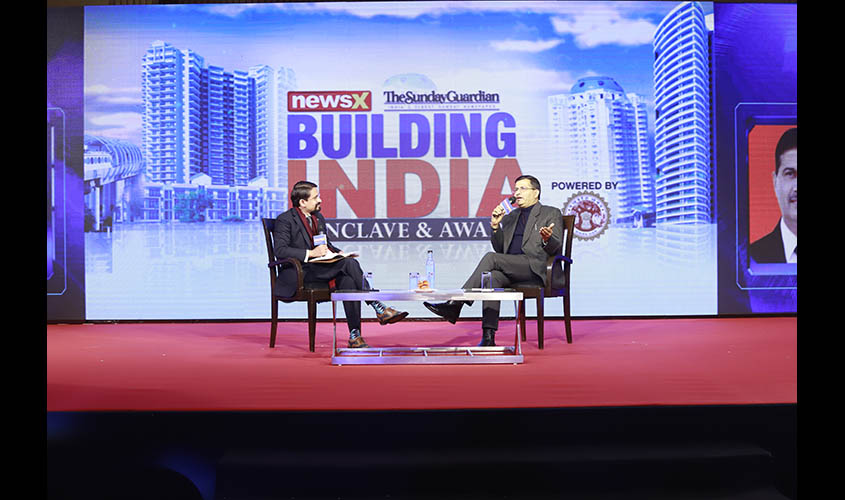New Delhi: Faced with a daunting task of sustaining the cash-strapped national carrier Air India, Ashwani Lohani, its Chairman cum Managing Director, believes that the company still has the potential to be turned around into a profit-making body with some transformational reforms. Speaking at the second edition of the Build India Conclave organised by ITV Network, Lohani said the state-owned airline faced stiff challenge from the private sector, yet it has to be sustained till it is sold out.
“It has to survive till it is sold out…currently the Air India is under Rs 20,000 crore debt but still it can be made into a profit





He said the drop in air fares was the biggest challenge that the aviation sector faced at the moment. Noting that while the demand and supply in the aviation sector was a constant rise, the drop in ticket prices pose a grave challenge for the airline companies. “The aviation sector faces the highest competition in ticketing but at the same time the business is low on margin. The prices of tickets on several routes have only reduced in the last two decades and hence making it difficult for airlines to sustain,” he said.
Lohani said with the growth of middle class, there has been a tremendous rise in demand in the aviation sector as people tend to shift from road and rail transport to the air travel. “With the UDAN scheme, new airports are coming up in tier-2 and tier-3 cities. The number of active airports is going up,” he said.
Lohani, the former Chairman of the Indian Railway Board, also noted that with the arrival of High Speed trains in India, the public transport sector will undergo a radical change. He said the high speed rail routes will connect to the city centers and hence will be more time-saving. “The high speed trains will certainly take lesser time as compared to air travel. With new potential routes coming up, it will prove to be a huge success,” he said.
Earlier, during a panel discussion on “Building Smart City Future”, the key policy makers of various agencies stressed on proper coordination between different state governments and agencies for execution of key projects. In context of developing Delhi into a smart city, they said concerted efforts were needed to expand the population outside the city to neighbouring states like UP and Haryana.
Rashmi Singh, Secretary of the New Delhi Municipal Council, said the concept of Smart City essentially aimed at meeting the aspirations of different categories of people. “While developing smart cities, we must respond to the needs of people of all age groups like creche for children, education for school-goers, job opportunities for youth, safe and rapid mobility for office goers and particularly women and health care for people of all age groups,” she said.
Former Delhi Chief Secretary Omesh Sehgal emphasized on spreading Delhi outside its periphery and creating housing facilities and job opportunities to encourage people move out of the confines of the city.
Delhi Jal Board Member, Shalabh Srivastava said utilisation of treated water was key to sustain the water resources in Delhi which is totally dependent on other states to meet its demand for raw water.
Tarun Kapoor, vice-chairman of Delhi’s premiere Housing agency, DDA, said congestion was the biggest problem in Delhi at the moment and he suggested developing the city on its outskirts. “Several areas in Delhi have become inhabitable due to excessive pressure on existing facilities like water and roads. With new policies, we need to spread the population into new well-planned areas like Rohini and Dwarka where a lot of vacant land is available. Similarly, land pooling policy on bordering areas of Delhi will help decongest the city,” Kapoor said.

